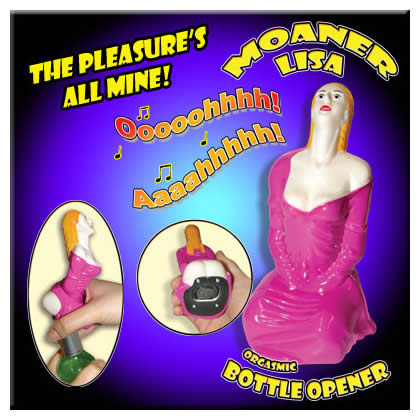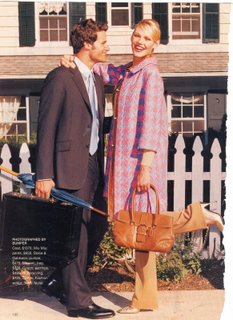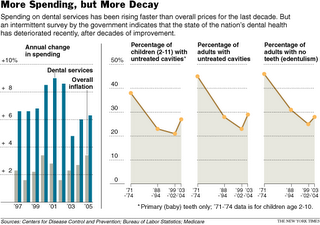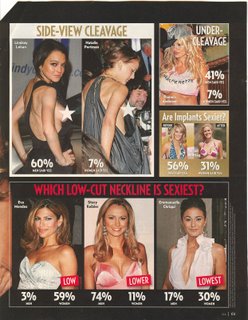Courtesy of feministing.com and the SWS listserv.


These are pretty disturbing for a number of reasons. Maybe it is just my wish that they aren’t real, but I’ m skeptical about whether they really exist. They don’t appear to be photoshopped, but even though they’re linked all over the internet, I couldn’t find the actual place/s that sell them. And while I was searching around I found this mouse pad. Note that the size of the mini skirt is really very disturbingly small.
And I also found a lot of people who want to buy that pencil sharpener. And one person who thinks that this knife holder is “far more offensive” than the pencil sharpener.
What do you think? Oh, and the knife holder is available multiple places including here.














